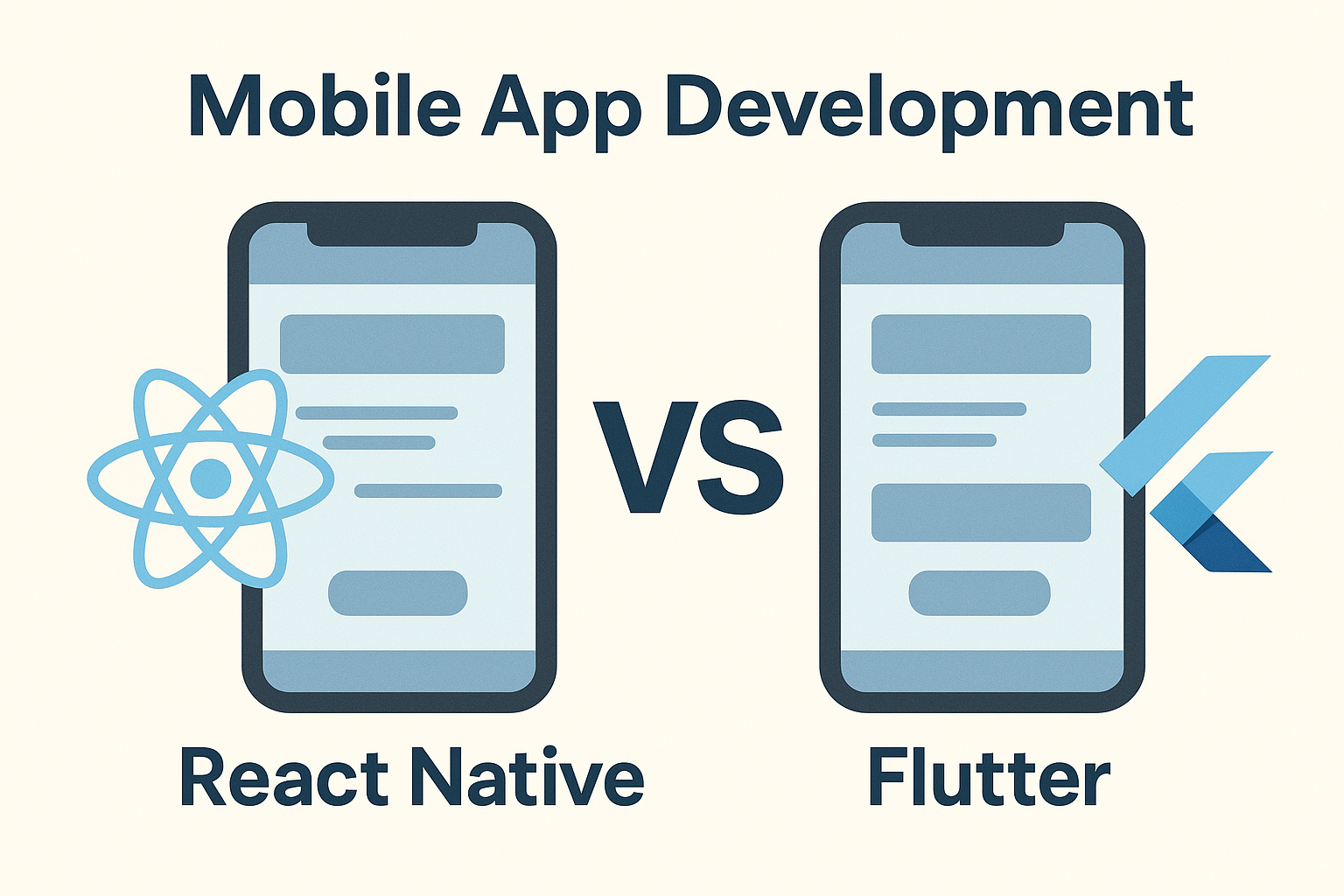Bitnex Infotech is a leading mobile and web app development company leveraging the latest technologies to deliver high‑performance applications.
Optimizing performance is essential for React applications to provide responsive user experiences and scale reliably in production. This article outlines the best performance optimization techniques for React in 2025.
Code Splitting and Lazy Loading
Break applications into smaller bundles so users download only what they need when they need it. React's lazy loading helps reduce initial load time and improve Time‑to‑Interactive.
Use React.lazy and Suspense to load components asynchronously with a fallback UI while waiting for resources.
import React, { Suspense } from "react";
const HeavyChart = React.lazy(() => import("./HeavyChart"));
export default function Dashboard() {
return (
<Suspense fallback={<div>Loading chart…</div>}>
<HeavyChart />
</Suspense>
);
}import dynamic from "next/dynamic";
const Editor = dynamic(() => import("@/components/Editor"), { ssr: false, loading: () => <p>Loading…</p> });
export default function Page() {
return <Editor />;
}List Virtualization for Large Data
Render only what is visible for long lists or tables. Virtualization prevents lag by limiting DOM nodes to a small window around the viewport.
Libraries like react-window and react-virtualized are lightweight and production‑proven.
import { FixedSizeList as List } from "react-window";
function Row({ index, style }: { index: number; style: React.CSSProperties }) {
return <div style={style}>Row {index}</div>;
}
export default function Virtualized() {
return (
<List height={400} width={600} itemSize={35} itemCount={10000}>
{Row}
</List>
);
}Memoization and Avoiding Unnecessary Renders
Use React.memo to skip rerenders when props are unchanged. useMemo caches expensive computations, and useCallback memoizes stable callbacks passed to children.
Apply selectively—memoization has overhead and can hurt performance if overused or used on trivial components.
const ListItem = React.memo(function ListItem({ item }: { item: Item }) {
return <li>{item.name}</li>;
});
function Expensive({ data }: { data: number[] }) {
const total = React.useMemo(() => data.reduce((a, b) => a + b, 0), [data]);
const onClick = React.useCallback(() => console.log(total), [total]);
return <button onClick={onClick}>Total: {total}</button>;
}Optimize Image and Asset Loading
Compress images, serve modern formats (AVIF/WebP), and lazy‑load off‑screen media. Preconnect and preload critical resources (fonts, above‑the‑fold CSS/JS) to cut network latency.
In Next.js, prefer next/image for responsive images with built‑in optimization.
<link rel="preconnect" href="https://fonts.gstatic.com" crossorigin>
<link rel="preload" as="style" href="/styles/above-the-fold.css"><img src="/hero.jpg" alt="Hero" loading="lazy" width="1200" height="600" />Efficient Redux and State Management
Use memoized selectors (e.g., reselect) to avoid recomputations and reduce rerenders. Keep state normalized and colocate it as close to consumers as possible to minimize prop drilling.
Immutable updates (Immer or Immutable.js) help maintain predictable performance and enable shallow equality checks.
import { createSelector } from "reselect";
const selectItems = (s: State) => s.items;
const selectFilter = (s: State) => s.filter;
export const selectVisible = createSelector([selectItems, selectFilter], (items, filter) =>
items.filter((i) => i.includes(filter))
);Use Production Builds and Profiling Tools
Always ship production builds—development builds include extra checks and warnings that slow runtime.
Use React Profiler and browser DevTools to locate bottlenecks and measure the impact of optimizations.
Throttling, Debouncing, and Web Workers
Throttle or debounce rapid inputs (scroll, resize, keypress) to reduce handler frequency and layout thrash.
Move CPU‑intensive computations off the main thread using Web Workers to keep the UI responsive.
function debounce<T extends (...args: any[]) => void>(fn: T, wait = 150) {
let t: any;
return (...args: Parameters<T>) => {
clearTimeout(t);
t = setTimeout(() => fn(...args), wait);
};
}// worker.js
self.onmessage = (e) => {
const result = heavyCompute(e.data);
self.postMessage(result);
};Use Fragments and Avoid Unnecessary DOM Nodes
Prefer React fragments (<>...</>) to avoid extra wrappers that increase DOM depth, layout cost, and memory usage.
export default function Items({ items }: { items: string[] }) {
return (
<>
{items.map((i) => (
<span key={i}>{i}</span>
))}
</>
);
}Practical Tips
• Avoid array indices as keys—use stable unique IDs to prevent mismatches and extra rerenders.
• Choose lightweight UI libraries and remove unused code to keep bundle size small.
• Use React Query or SWR for smart caching and deduped requests, reducing over‑fetching.
• Audit bundles regularly and enable gzip/brotli compression at the edge.
Conclusion
Applying these techniques significantly improves load speed, responsiveness, and user satisfaction. Continuously profile your app and always deploy production builds for the best results.
For more information, contact us at info@bitnexinfotech.com.




